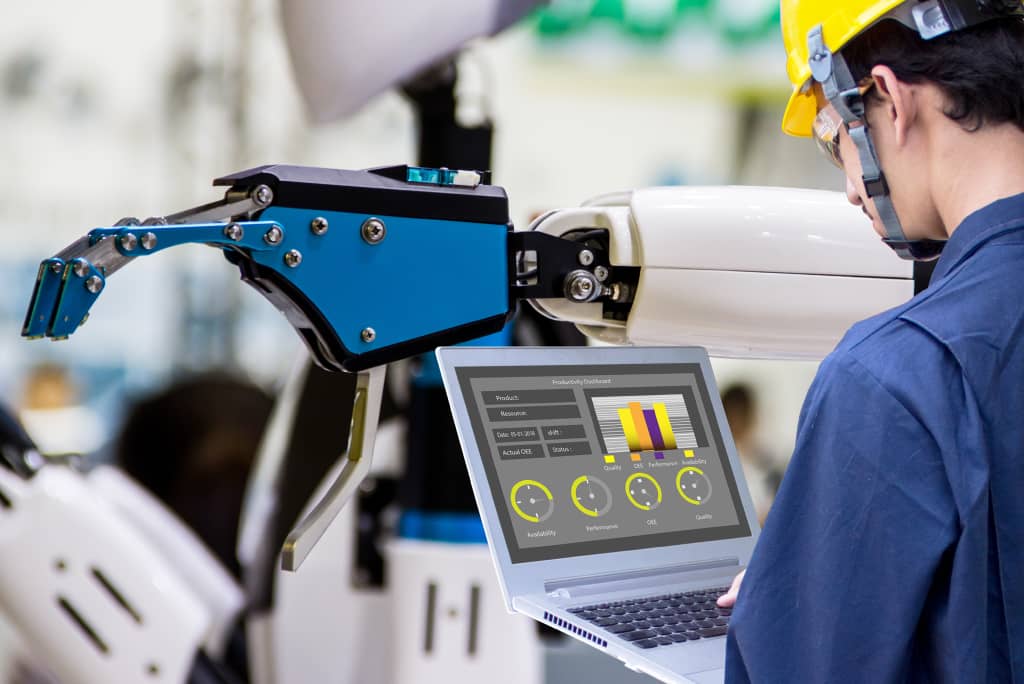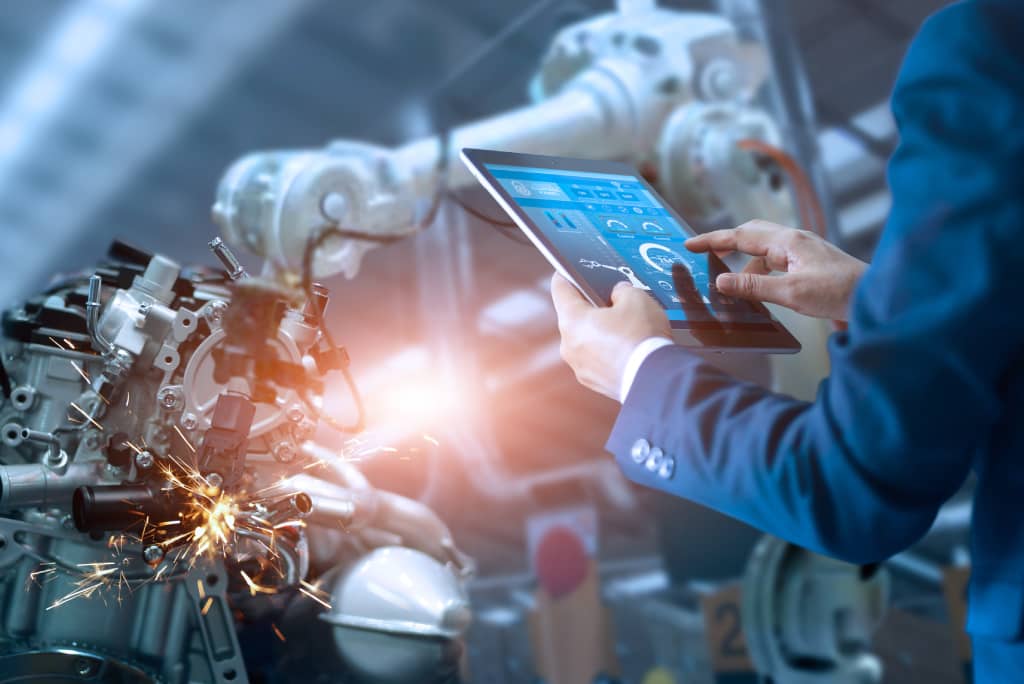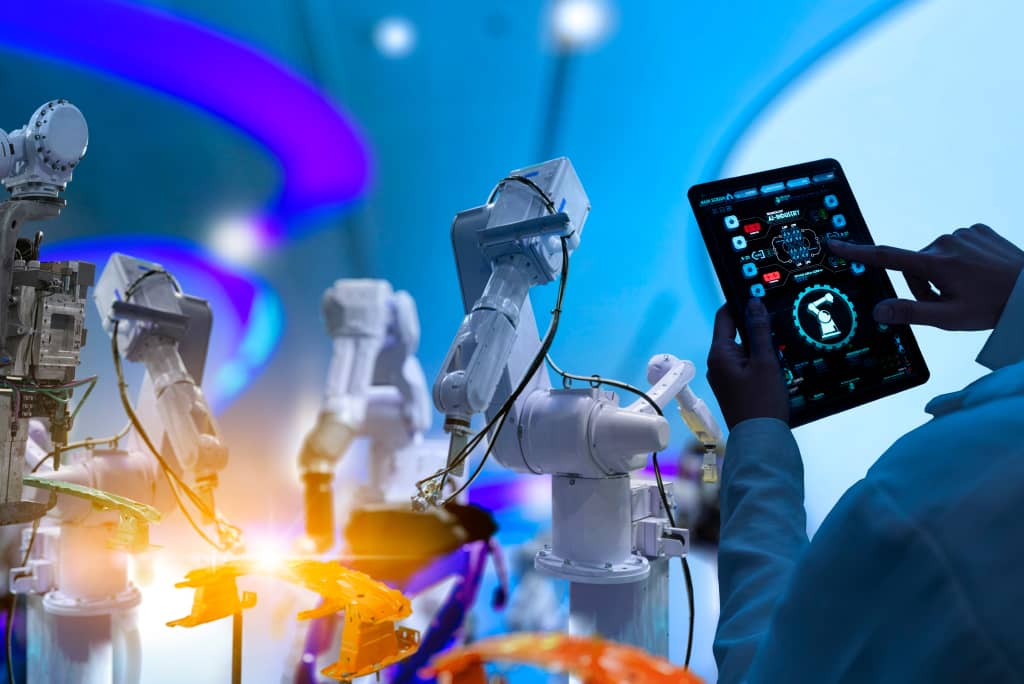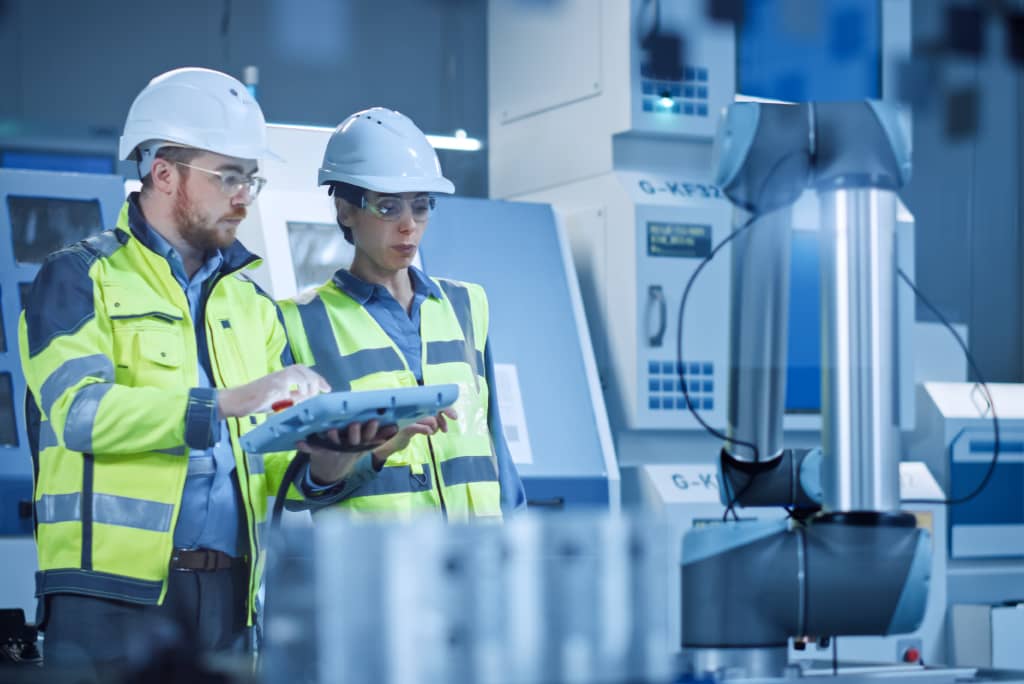RECENT POSTS
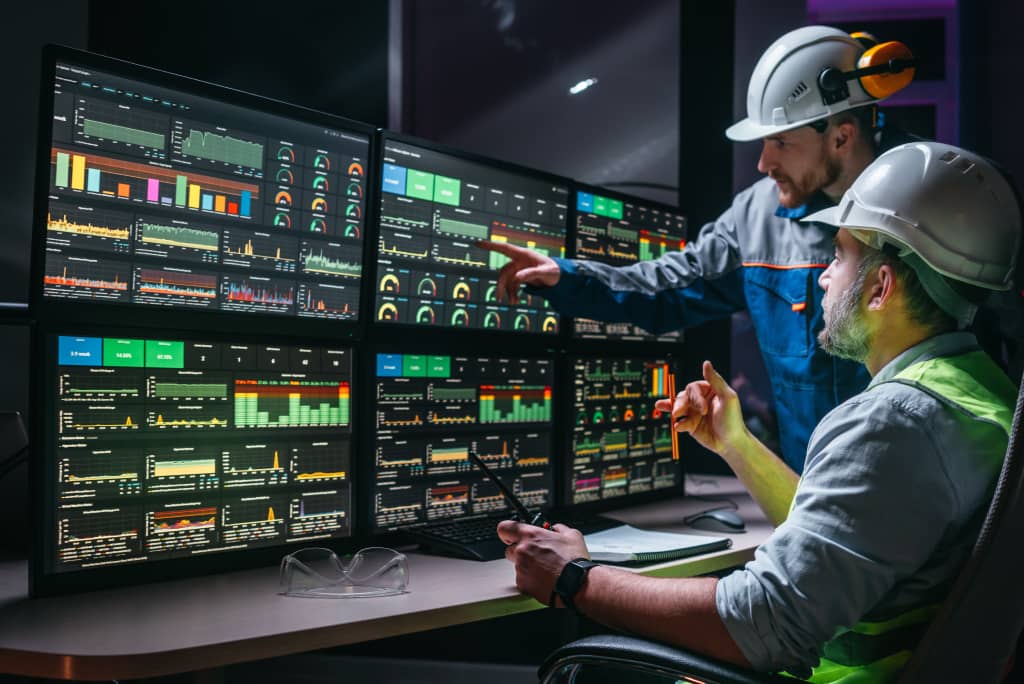
What Are the Main Components of a SCADA System?
A supervisory control and data acquisition (SCADA) system drives your industrial monitoring and control. SCADA systems aggregate data from various sources and ensure operations run smoothly within your configured thresholds. When sensors and actuators detect anomalies, the system triggers alerts so you can keep things in compliance and within tolerances.
The key components of a SCADA system include both hardware and software.
SCADA Hardware
There are five key hardware components that make SCADA systems work.
Sensors and Actuators
Sensors measure physical parameters like temperature, pressure, flow rate, level, and proximity and convert them into signals understandable by computers.
Common industrial sensors include resistance temperature detectors (RTUs), thermocouples, load cells, level transmitters, and optical infrared units. Actuators receive control signals from controllers and perform actions like opening valves, starting motors, and raising dampers to operate field equipment.
Remote Terminal Units
A remote terminal unit (RTU) is a microprocessor-based field controller that interfaces directly with sensors and actuators in the field. RTUs acquire telemetry data from sensors and transmit it over communication networks to the central SCADA server. They can also receive control commands from the master system to operate connected actuators.
Programmable Logic Controllers
Programmable logic controllers (PLCs) are robust industrial computers specialized for industrial control and automation tasks. PLCs process input signals from field devices and transmit appropriate output signals to control actuators, including valves, motors, and switches. In a SCADA system, PLCs act as intermediaries between sensors/actuators and master terminal units (MTUs).
Master Terminal Unit
The MTU is the central server of the SCADA system, housing both the hardware and software. Industrial rack-mounted computers like distributed control systems (DCS) or PLC-based systems are reliable and redundant.
The MTU aggregates telemetry from field devices, processes and archives it with time stamping, runs data analytics, hosts human-machine interface (HMI) visualization software, and facilitates the distribution of data across the network. It also issues supervisory commands to PLCs and RTUs based on logic or operator actions.
The MTU enables centralized coordination of distributed sites.
Data Communication Infrastructure
The data communication infrastructure provides connectivity between the field instruments, controllers, central SCADA computers, HMIs, and corporate networks.
SCADA Software
SCADA software, which controls the system’s processes, powers these hardware devices. SCADA software packages contain specialized modules tailored for industrial process supervision, automation, asset tracking, and data management.
The software drives the remote monitoring displays, ladder logic, or editors for control logic programming, SCADA-specific math capabilities, scheduling modules, reporting tools, open connectivity capabilities, and development tools. Due to the unique nature of industrial applications, SCADA systems need to be customized for operational workflow and SCADA security.
Human-Machine Interface
The HMI is the interface that allows human operators to visualize current and historical SCADA system data including schematics, trends, reports, KPI dashboards, and system models. An intuitive graphical presentation makes it easy to check status and look for deviations.
HMI screens also permit operators to remotely monitor or control field equipment.
HMIs have built-in alarm capabilities to alert users about abnormal conditions or potential breaches of SCADA security.
Historian
The historian is a database optimized to store the massive volumes of industrial time-series data acquired from field devices. It preserves static data definitions along with updating process parameters and events.
Historians deliver faster data collection rates and retrieval performance than conventional databases. They can seamlessly integrate with data processing applications and visualization software to extract actionable insights via trend analysis, forensic investigation, production planning, and predictive analytics.
SCADA System Benefits
The modular architecture of SCADA built on top-quality hardware and software components delivers key advantages, including:
- Scalability: Components can be added or upgraded to match information and control needs
- Flexibility: Customizable for a broad portfolio of industry applications
- Cost Savings: A mix of commercial and custom-developed components reduces expenses
- Reliability: Redundancy prevents single-point failures
- Enhanced Monitoring & Control: Optimizes industrial automation
Pacific Blue Engineering: Custom SCADA Design and Integration
The components of a SCADA system work together to enable the comprehensive monitoring, control, and optimization needed to manage remote or field equipment. They are complex systems and require precise controls, especially when used in automated environments.
Pacific Blue Engineering specializes in designing and integrating control engineering solutions such as SCADA systems to control and monitor your equipment whether you are on-site, managing systems remotely, or need mobile access.
Contact Pacific Blue Engineering today at (657) 201-8603 or request a consultation online to discuss your SCADA system needs.
similar posts
Certifications
Contact Us
Telephone:
Corporate Office “The Shop”
Pacific Blue Engineering, LLC
2880 Orange Ave
Long Beach, CA 90755
© All contents copyright © 2023 by Pacific Blue Engineering


